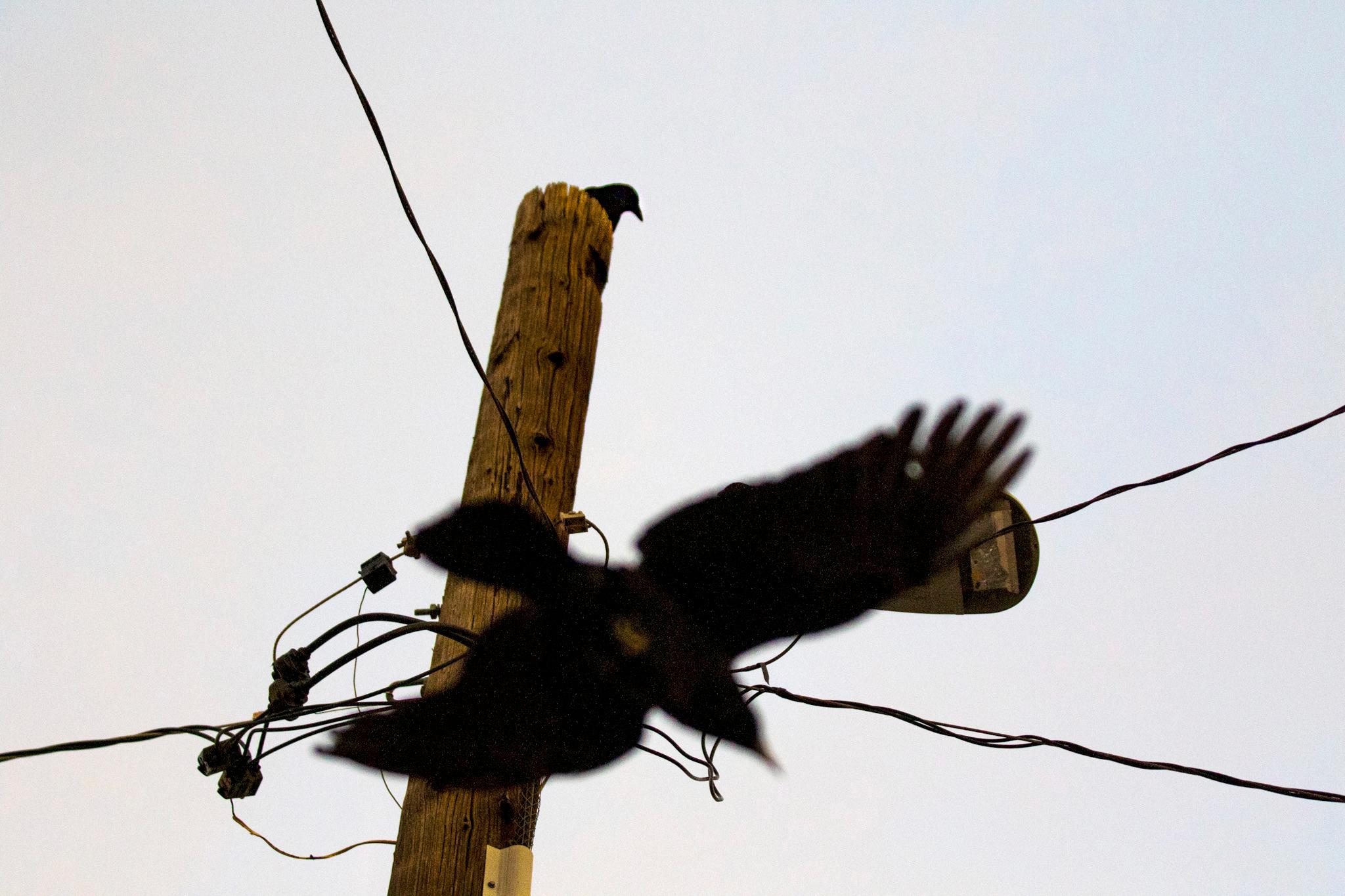The weather around Denver looks pretty familiar this week: highs in the 80s and thunderstorms in the afternoon, including the possibility of localized flash flooding along the Front Range on Wednesday.
It’s a sign that the summer monsoon is delivering rain to the Rockies on schedule.
“We’re still very much on the front end of it,” said Bruno Rodriguez, a forecaster at the local National Weather Service office. “But we've already seen almost daily showers or some thunderstorms for much of the mountains most afternoons, which is really typical.”
The North American monsoon is a seasonal shift in wind patterns. Instead of blowing from the west, some winds can come from the south or southeast, drawing moisture up from the Gulf of Mexico and sometimes the Pacific. It is most prevalent in late July and August.
In Colorado, this means showers and thunderstorms during the summer months and an increased risk of flash floods. The effect is most pronounced in southwestern Colorado but can reach the Front Range. Denver saw mostly dry weather through the first half of July, followed by a spurt of rain last week and more in the forecast this week, according to WeatherSpark data.
This year’s summer rains have been strictly average in the metro, with Denver International Airport seeing about 8.9 inches of precipitation year-to-date. That’s right in line with the norm, according to data collated by Global Warming Cities.
But when the summer rains don’t arrive, the results can be dramatic: 2020 saw a “Non-Soon,” with weak rainfall and major wildfires, according to 9News.
Even with more persistent precipitation this year, Colorado’s Western Slope is facing severe to extreme drought conditions throughout the upcoming weeks.
Rodriguez said the increase in humidity and rain could aid in tamping down wildfires –but for that to happen, the monsoon activity would have to be stronger.
However, increased rainfall comes with its own risks.
Wildfires can worsen an already increased flash flood risk. Rodriguez said that “recent burn scars” make it more difficult for the soil to “absorb rainfall efficiently,” and so areas impacted by wildfires are more susceptible to floods.
Lightning can also be a big risk during thunderstorms, especially in mountain parks. Lightning can sometimes reach from 10 miles to more than 60 miles from a storm.
So, for those who love hiking, camping and all outdoor activities, here are some tips to survive monsoon season:
- If you are around canyons, streams or rivers, watch out for muddy water or rising levels.
- Carry a device that can alert you of changing weather conditions at all times: a small radio, phone (with signal and battery), smartwatch, etc.
- Do not go into flooded areas until authorities have cleared them.
- If you hear thunder, you are within the reach of lightning. Seek shelter immediately. If you can’t find shelter, spread apart from other people in your group and crouch on the balls of your feet. Cover your ears, too.
Temperatures in the high 80s with possibilities of thunderstorms and showers will continue for the rest of the week. According to Rodriguez, Wednesday might also bring some localized flash flood alerts.













